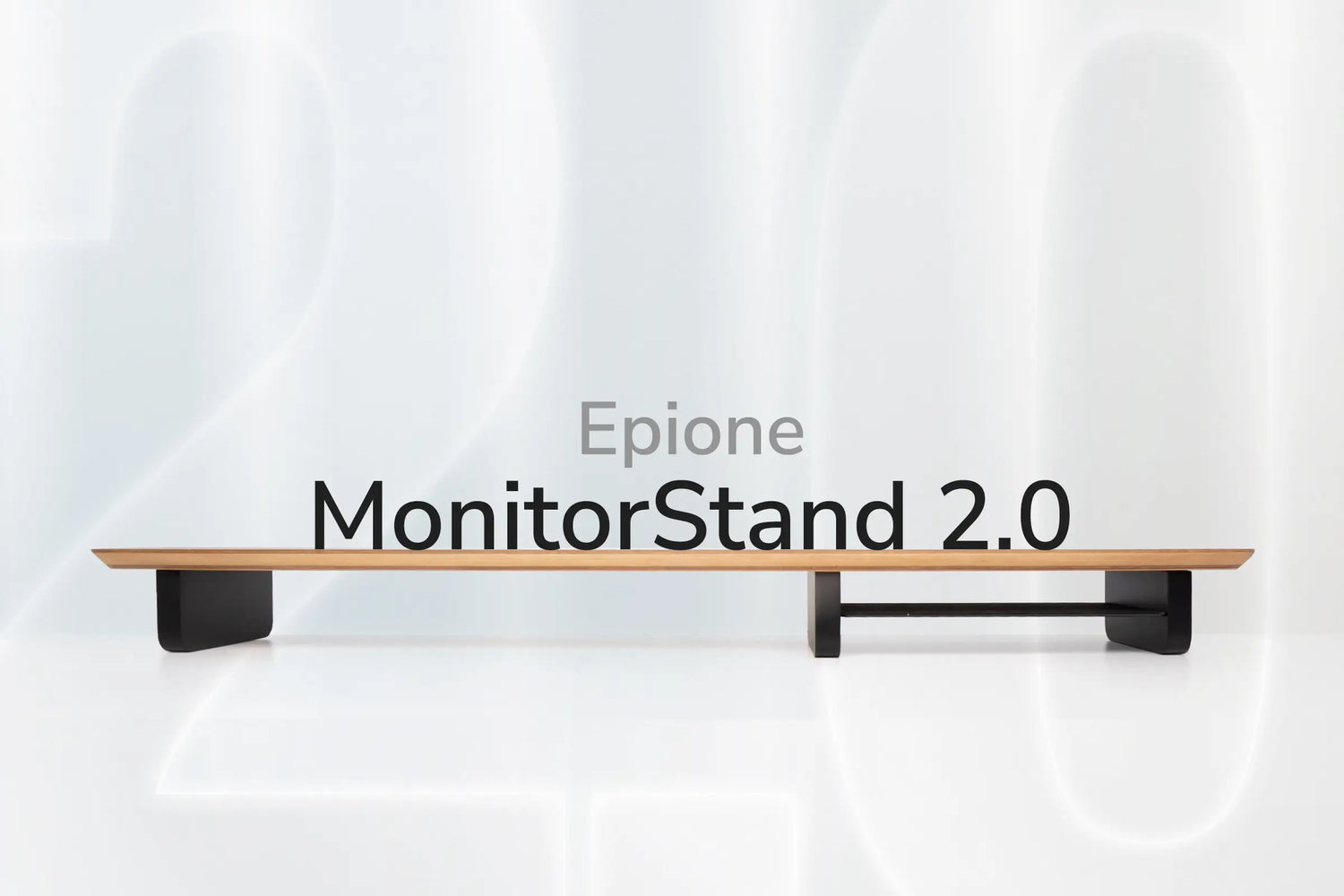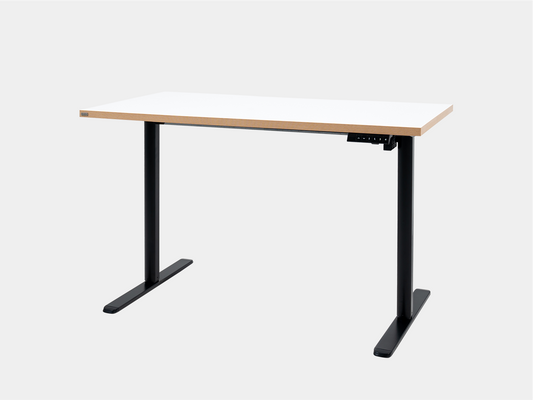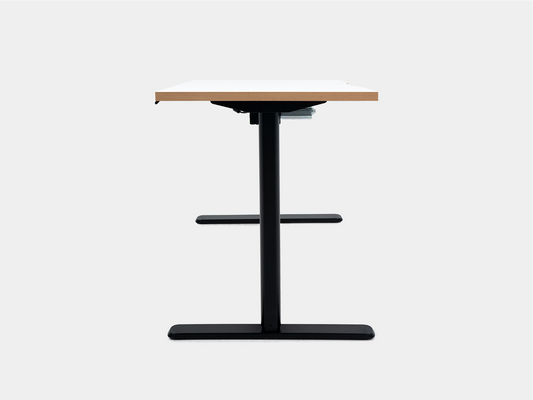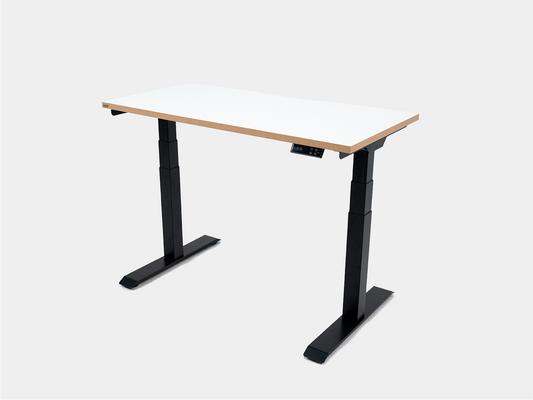In the furniture market, industrial wood is a familiar term with many advantages and outstanding features. When choosing products from industrial wood, consumers are not only interested in the design and function, but also pay special attention to the quality and safety of the product. Products that meet European E1 standards are gradually gaining more attention and choice.
However, not everyone really understands the reason for this standard. Let's explore with Epione about the E1 index on interior products to see what they reflect that many users and manufacturers are interested in.

Things to know about Formaldehyde
According to the National Institute for Occupational Safety and Health (NIOSH) : Formaldehyde (CH₂O) is a colorless, highly toxic, flammable gas at room temperature. It is used in the production of fertilizers, paper, plywood, and some plastics. It is also used as a food preservative and in household products such as disinfectants, medicines, and cosmetics.
Exposure to formaldehyde can cause irritation to the skin, throat, lungs, and eyes. Repeated exposure to formaldehyde can lead to cancer. Workers can be harmed by exposure to formaldehyde. The level of exposure depends on the dose, duration, and the work being performed.
Formaldehyde is a familiar chemical in the wood industry. It is widely used in the production of composite wood products such as particle board, hardwood plywood and MDF (Medium Density Fiberboard). It can also be used as an adhesive to hold furniture pieces together.
As a result, many items of furniture found in homes or workplaces can emit Formaldehyde. The United States Consumer Product Safety Commission provides the following information about Formaldehyde on their website:
Formaldehyde is usually present at low levels, typically below 0.03 ppm ( parts per million ) in both outdoor and indoor air. Outdoor air in rural areas has lower concentrations than urban air. Homes or offices that contain products that release formaldehyde into the air may have formaldehyde concentrations greater than 0.03 ppm.
Products that can emit Formaldehyde into the air include particle board used for flooring, shelving, cabinets and other interior products; MDF in cabinets and furniture; hardwood wall coverings and urea-formaldehyde foam used as insulation.
 Formaldehyde is harmful to health.
Formaldehyde is harmful to health.
What is E1 standard?
Nowadays, industrial wood has become popular in the market and is “popular” with many consumers. This is also a way to protect the environment because natural wood is becoming increasingly scarce. As mentioned, the process of exporting industrial wood such as MDF, HDF, particle board, composite wood, etc. always has Formaldehyde added to increase water resistance, limit mold, termites, and increase product adhesion.
However, Formaldehyde is considered a health hazard. Therefore, the concentration of Formaldehyde in industrial wood products must be within the prescribed limits. There are various international/national standards for wood products, including regulations on Formaldehyde emission rates.
Formaldehyde emissions from engineered wood products have been steadily decreasing over the past decades. This is due to increased consumer awareness and a growing demand for non-toxic products.
Research on the health effects of Formaldehyde has been started since 2005 in the United States and Europe, and corresponding regulations have been issued. Accordingly, Formaldehyde emission classes for wood and industrial wood products are regulated by the above countries and continents.
E1 is a recognized safety standard in Europe. This standard indicates the maximum level of Formaldehyde that each piece of industrial wood can contain and emit into the environment. In Europe, Germany is the pioneer in issuing regulations and reducing Formaldehyde emissions.
Germany has strict regulations on formaldehyde emissions in wood products and sets higher quality standards than many other countries. Specifically, Germany applies the E1 standard, especially in the production of MDF boards and similar wood materials.
The European Formaldehyde limits for wood are summarized in the harmonized standard EN 13986, which will include two standards, E1 and E2. The E1 standard states that the permitted Formaldehyde emissions must be less than 0.1 ppm and the E2 is from 0.1 ppm to 0.3 ppm. E0 is the highest safety level with an index of less than 0.07ppm.
 E1 standard.
E1 standard.
Because E0 materials are the safest and more environmentally friendly products, they will have a relatively high price (20% more expensive than E1 standard materials). Therefore, currently, products that meet E1 standards are recommended and more popular.
Countries such as Australia, the United States, and Japan have also established standards for formaldehyde emission index. Most of these countries maintain the E1 standard with a formaldehyde emission limit value of less than 0.1 ppm.
Currently, E1 is an important standard that furniture manufacturers in Europe and Japan must comply with during the product manufacturing process, to help ensure the safety of users' health.
Benefits of using E1 standard office furniture
Most companies and users today choose furniture made from industrial wood. Using office furniture with an E1 index, which means complying with Formaldehyde emission standards, will bring many practical benefits such as:
1. Safe for health
Formaldehyde has been classified as a known human carcinogen by the State of California, Proposition 65 (2008) and the International Agency for Research on Cancer (IARC), part of the World Health Organization (WHO) (IARC 2004). The National Toxicology Program of the National Institutes of Health (NTP) stated that Formaldehyde is reasonably anticipated to be a human carcinogen (1998). IARC has recently determined that Formaldehyde is not detectable by odor at concentrations below 0.1 ppm. At concentrations between 0.1 ppm and 0.5 ppm Formaldehyde can be detected by odor, with some sensitive individuals experiencing mild irritation of the eyes, nose, and throat.
E1 rated office furniture emits less Formaldehyde (less than 0.1 ppm) which reduces the risk of respiratory irritation, allergies and other health problems for workers. This is especially important for those who work indoors for long hours every day.
In Vietnam today, there are many office furniture, cabinets and shelves that meet E1 standards at affordable prices. If your budget is not too generous, with a price range of around 1,000,000 VND, you can own an Epione LinkDesk office table with MFC material that is completely user-friendly and meets E1 standards.
2. Improve air quality in the office
 Epione Linkdesk meets E1 standards.
Epione Linkdesk meets E1 standards.
When using E1 standard office furniture, Formaldehyde emissions are reduced, ensuring a safer and healthier working environment. In addition, E1 standard office furniture is often produced from materials that do not cause unpleasant chemical odors. A working environment with good air quality will help improve work performance. When the air in the office is clean and fresh, employees can concentrate better and not feel tired or distracted.
3. Environmental protection
The E1 standard places strict requirements on chemical emissions. Using office products that meet the E1 standard helps reduce negative impacts on the environment, protecting air and water resources. This contributes to reducing the amount of pollutants and protecting the living environment.
To become a smart consumer, understanding Formaldehyde and E1 standards is never redundant. Choosing furniture products that meet E1 standards really brings many benefits from health safety to environmental protection. Hopefully, the article has helped you have an overview of the relationship between Formaldehyde and E1 standards on industrial wood products so that you can choose for yourself items that both ensure aesthetics as well as long-term safety for users.














